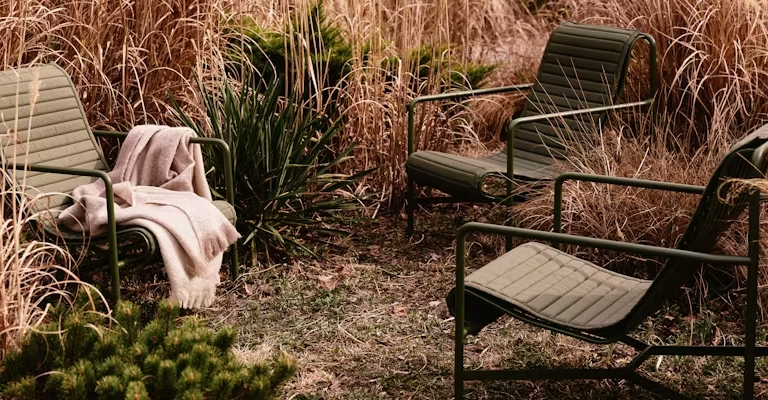In my years of advising clients on where to place their money, I’ve learned that investment decisions aren’t just about chasing short-term gains; they’re about lifestyle alignment, durability of value, and understanding shifts in consumer demand. Lately, I’ve had conversations around two very different but surprisingly comparable categories—outdoor living furniture and men’s wedding rings. Each has its own economics, risks, and opportunities. Let’s dig into how I see the trade-offs based on real-world experience.
Understanding Market Timing in Lifestyle Investments
What I’ve seen over the years is that timing makes or breaks lifestyle investments. Outdoor living furniture, particularly premium patio sets from players like Outdoor Patio Furniture, tends to soar during spring and summer housing booms. By contrast, men’s wedding rings remain steady all year, tied to life events rather than economic cycles. The bigger picture? Outdoor furniture can spike with consumer sentiment, while rings are forever tied to personal milestones—giving them a baseline of dependable demand.
The Durability Factor: Long-Term Asset vs. Personal Heirloom
Here’s something clients often forget: furniture ages, rings don’t. High-quality furniture can last 10–15 years with good care, but a ring—especially from specialists such as Men Wedding Rings—is essentially permanent. From an investment standpoint, one is a depreciating lifestyle asset; the other is a lasting symbolic asset. Which aligns better with your goals—long-term use or long-term permanence?
Consumer Sentiment Cycles: What I Noticed in 2020–2023
I remember how housing-related items surged during the pandemic as people upgraded their outdoor spaces. Outdoor dining sets, lounges, fire pits—all flew off the shelves. But by 2023, higher interest rates took the wind out of that market. Meanwhile, weddings didn’t pause; if anything, delayed ceremonies drove more ring sales. The lesson: outdoor living furniture is cyclical; rings are event-driven and much less exposed to macroeconomic swings.
Margin Structures and Business Models
Let’s talk numbers. Many furniture companies operate with margins in the 15–20% range, but they carry storage, shipping, and damage costs. Rings, on the other hand, often have margins exceeding 50%, thanks to small handling costs and emotional value pricing. I once consulted for a retailer who learned this the hard way: his furniture line gobbled up warehouse space, while the jewelry line quietly made twice the profit per sale.
Emotional Endurance of Jewelry vs. Lifestyle Trends
What I’ve learned is that emotional value is far more resilient than lifestyle fads. Outdoor furniture follows design trends—minimalist grays today, rustic wood tomorrow. Rings don’t play the trends in quite the same way; they keep their fundamental value across generations. A diamond band today will still carry weight twenty years from now, when outdoor designs will feel dated.
Liquidity and Resale Realities
Here’s the uncomfortable truth: reselling outdoor furniture is a nightmare. I’ve seen clients list “nearly new” patio sets at 70% off with no takers. Jewelry, on the other hand, retains resale channels—from pawnbrokers to private collectors. A solid ring may not give you 100% back, but it will find a buyer. Furniture? Unless you’re in a booming real estate city, it’s a sunk cost.
Lifestyle Payoff vs. Wealth Preservation
I once worked with a family that had to decide between upgrading their outdoor space or investing in heirloom jewelry. The trade-off was clear: furniture created daily joy and social value, rings preserved wealth and legacy. Outdoor living assets add quality of life here and now, but they depreciate. Rings don’t enhance your weekends on the patio, but they serve as financial ballast in the long run.
Where I Land on Smart U.S. Investments
Look, the bottom line is that outdoor living furniture investments are about creating value in lifestyle and property appeal, while wedding rings are about emotional security and wealth resilience. If you’re a homeowner looking to build memories in your backyard, furniture makes sense. But if you’re talking generational assets that hold value, rings are the smarter buy.
Conclusion
Deciding between outdoor living furniture and men’s wedding rings ultimately comes down to your definition of “return.” If it’s quality of life, furniture wins. If it’s emotional permanence and retained value, rings do. After years in this business, I’ve found it’s less about theory and more about aligning purchases with your life goals. Don’t just ask, “What will make money?” Ask, “What will matter five years from now?”
FAQs
Is outdoor living furniture a good financial investment?
Outdoor furniture adds lifestyle and property appeal, but it’s not a wealth-building asset. Expect depreciation, not appreciation.
Do men’s wedding rings really hold long-term value?
Yes. While resale won’t always equal purchase price, rings retain intrinsic value far better than furniture.
Which market is more reliable: rings or outdoor living products?
Rings are tied to life events, providing steadier demand, while outdoor furniture depends heavily on housing and seasonal cycles.
Can outdoor furniture increase a home’s resale value?
High-quality furniture can stage a property well and boost buyer perception, but rarely adds measurable resale dollar value.
What’s the smarter purchase if I can only pick one?
If you’re seeking emotional permanence and asset resilience, choose rings. For enhancing daily lifestyle and social spaces, go with furniture.

